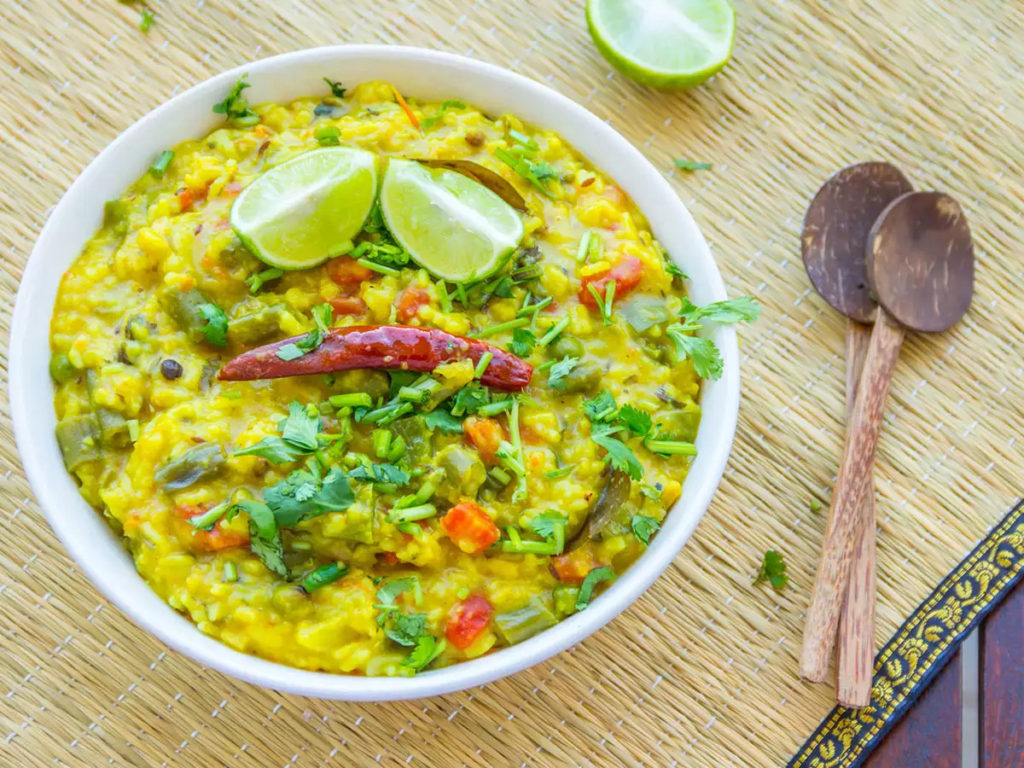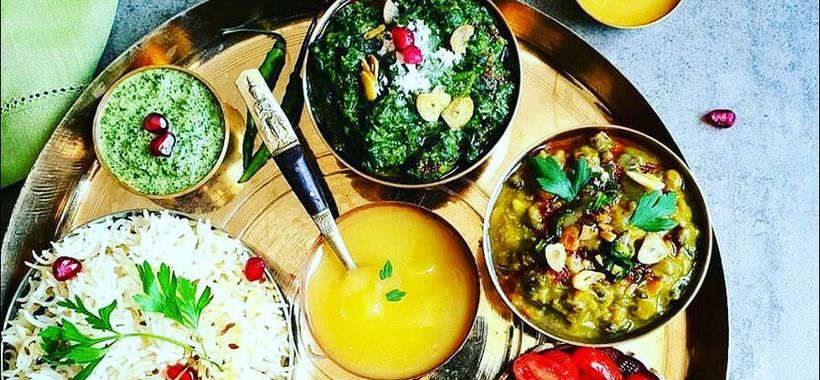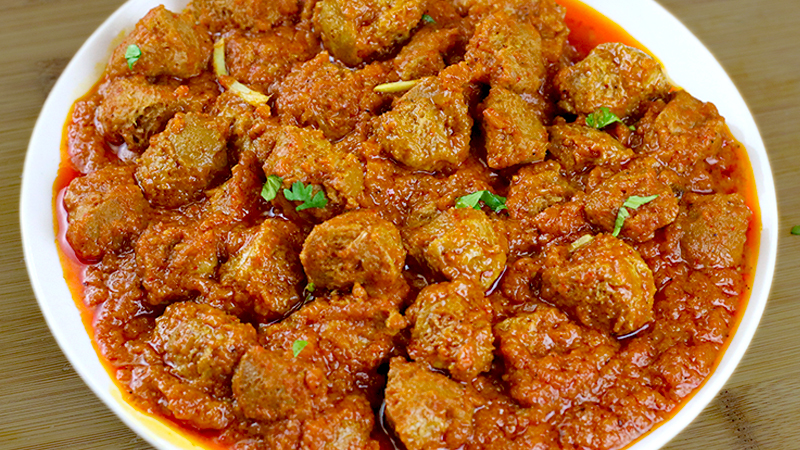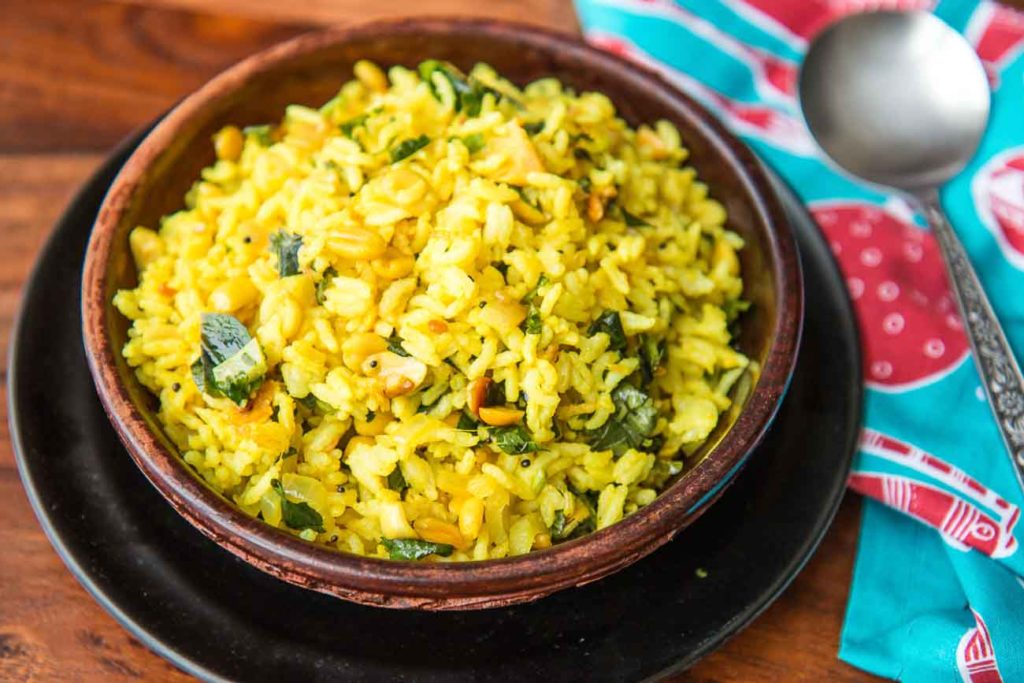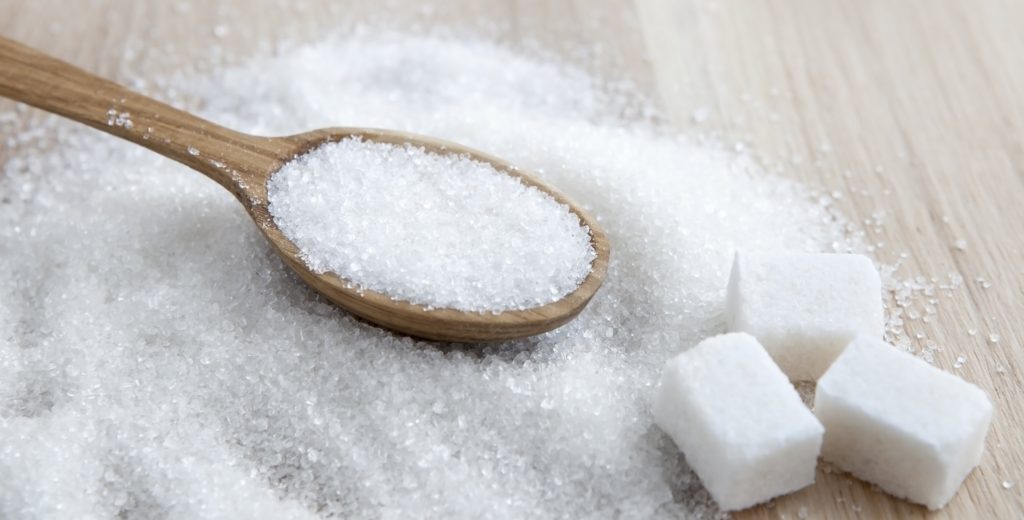How to improve our thinking power and become more productive, especially in creative tasks? Most people in the world use caffeine, but devotees are not supposed to use caffeine, as well as other types of psychotropic-altering substances, except in case of medical necessity. In a previous article, we discussed that this is not a very good idea, anyway.
What can a devotee then do to improve his concentration and thinking power, to become more productive in his services and work, etc? I don’t think there is a silver bullet that will solve all the problems form all people, but I can share what works for me. You can try and see what works for you.
Although intelligence is actually part of the subtle body, it is expressed through the brain. This means that if the brain is not working well, the intelligence will also not work very well. Just like all organs of the body, the workings of the brain are a lot connected with our general health, so it’s important to start from there. I wrote a whole book about improving our health “How to have a better health to better serve Krsna”, you can just Google it.

My practical experience, which I share in the book is that good health is mainly connected with what we eat and how we eat. Many other things like exercise also play a role, but their importance is secondary. As long as one is on the SAD diet, nothing else will work very well. That’s the basic decision every human being of our times has to make, to enjoy all kinds of processed food or to have good health. Unfortunately, we can’t have both. Nowadays, what we call prasada is also mainly based on the SAD diet, so that’s also something to consider.
After working out the basic things connected with diet and lifestyle, what are the next things to consider?
Continue reading
